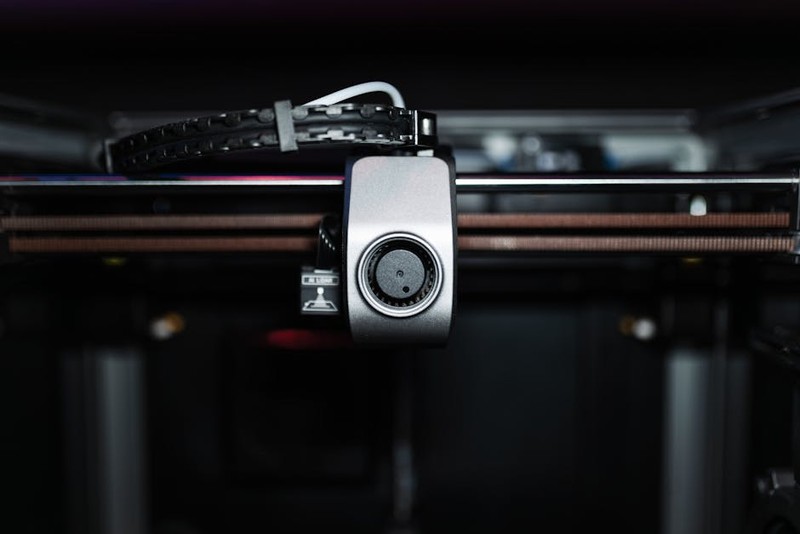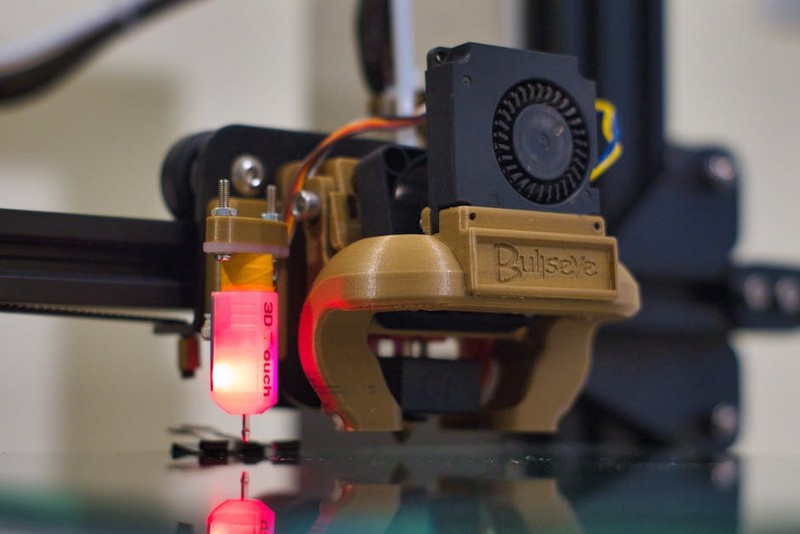The Hidden Challenge of Rapid CNC Production
When clients ask for “fast” CNC machining, they often assume it’s just about cranking up spindle speeds. But in my 15 years of running production floors, I’ve learned that true rapid production is a symphony of process optimization, toolpath strategy, and material science. Here’s why:
– Speed vs. Tool Wear: Aggressive machining can reduce cycle times but exponentially increase tool replacement costs.
– Material Matters: Aluminum 6061 might machine faster than stainless steel, but poor chip evacuation can ruin a batch.
– Fixture Design: A poorly designed fixture can add hours to setup time, negating any gains from faster cutting.
In one project, a medical device manufacturer needed 5,000 titanium components in two weeks. The initial quote assumed a straightforward process, but tool breakage and thermal distortion caused a 40% scrap rate. We solved it by switching to high-performance carbide tools and implementing cryogenic cooling—cutting scrap to 5% and hitting the deadline.
Expert Strategies for High-Speed CNC Production
1. Toolpath Optimization: The Secret to Faster Cycles
Most CAM software defaults to conservative toolpaths. For rapid runs, adaptive clearing and trochoidal milling can reduce machining time by 25% while extending tool life.
🔍 Case Study: A client needed 10,000 aerospace brackets. By switching from conventional to high-efficiency toolpaths, we reduced cycle time from 8.5 to 6.2 minutes per part—saving $12,000 in machine time alone.
2. Smart Fixturing for Zero Downtime
Traditional vises and clamps work for prototypes but slow down mass production. Modular fixturing or pneumatic clamping can cut setup time by 50%.

⚙️ Pro Tip: Use sacrificial soft jaws machined in-house to accommodate multiple parts in a single setup.

3. Material Selection and Machinability Data
Not all materials are equal for rapid runs. Refer to machinability ratings (e.g., Aluminum 6061: 100%, Stainless 304: 40%) to set realistic expectations.
| Material | Relative Machinability | Recommended SFM (RPM) |
|---|---|---|
| Aluminum 6061 | 100% | 1,200+ |
| Stainless 304 | 40% | 250-400 |
| Titanium 6Al-4V | 30% | 150-250 |
💡 Lesson Learned: For a high-volume automotive run, switching from 304 to 303 stainless (free-machining grade) reduced cycle time by 18%.
When to Choose CNC Over 3D Printing for Rapid Production
Many assume additive manufacturing is faster, but CNC often wins for runs over 500 parts due to:
– Lower per-unit cost (e.g., $1.50/part CNC vs. $4.50/part 3D printed).
– Better surface finish (Ra 0.8 µm achievable vs. 3D printing’s layered texture).
– Stronger tolerances (±0.005″ vs. ±0.015″).
In a drone component project, 3D printing was initially proposed, but CNC machining delivered 1,200 parts/week at half the cost with no post-processing.
Key Takeaways for Your Next Rapid Run
- Prioritize toolpath strategies over raw spindle speed.
- Invest in modular fixturing—it pays off by the third production batch.
- Validate material choices early—machinability impacts cost and lead time more than material cost itself.
Final Thought: Rapid CNC production isn’t just about running machines faster—it’s about smarter setups, data-driven decisions, and anticipating failure points before they happen. The difference between profit and loss often lies in these details.
What’s your biggest challenge in rapid CNC production? Let’s discuss in the comments.
